One of the major problems facing electric vehicles in the development process is the limitation of battery technology. As technology advances, battery power will increase. Within a few years, battery life will no longer be a major issue, and costs, reliability, and security issues will become more prominent.
To solve this problem, Rudolf and the University of Applied Sciences of Zwickau University have jointly developed a new hybrid energy storage system (HESS). Developed based on a combination of lithium-ion batteries and double-layer capacitors (also known as ultracapacitors). This hybrid system combines a lower impedance EDLC with a "higher" impedance battery through an innovative topology to achieve the most appropriate system solution.
This topology uses ultra-fast power MOS switches for full digital control, enabling close to any form of adaptive matching. With this system, the life of a lithium-ion battery can be doubled. The power management system can also be adjusted for use in light electric vehicles (LEVs) for greater reliability and low development costs.
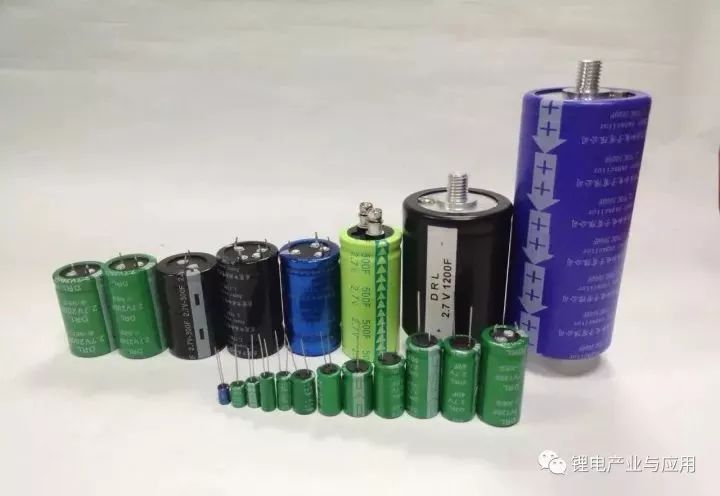
Through the implementation of the research and development project, the two parties confirmed that the battery system common in the market today can be combined with super capacitors in practice. This combination allows for optimal work distribution: while the battery provides stable energy for continuous operation, the supercapacitor will receive peak currents and voltages that occur in a short period of time. The battery discharge current will be limited to its rated current, so the battery will not leave its optimal operating range under any circumstances. By adopting this “protective operation†method, the service life can be extended by up to 1 time. In addition, the internal temperature rise of the battery is small or there is no temperature rise, so that the service life can be increased again.

The results of this research benefited primarily from a new circuit topology that intelligently connects individual energy storage components. The circuit is now also optimally controlled by the digital power management system developed in this research project. This makes it possible to charge the battery supercapacitor combination at any time without being affected by the state of charge, and complete it in a few seconds without causing damage to the battery. In addition, this system can also be used at full load throughout the life of the system.
The charged battery supercapacitor combination can be used immediately even after a few months of inactivity because the self-discharge electrode of the supercapacitor is small. The super capacitor with empty power can be fully charged again in a few seconds. In addition, its structure is very strong, even if it is used at temperatures below zero degrees Celsius, there will be no performance loss. This means that system reliability will be significantly improved.
Super capacitor: sturdy, long service life
The energy of the supercapacitor is stored in a two-layer electrolyte, the Helmholtz layer. The enormous capacity of such capacitors is based on the thinness of the Helmholtz layer, which is only a few microns (1 micron = 10-10 m) thick, and on the other hand due to the extremely large surface area. Electrode material. In principle, the following three suitable materials are recommended: metal oxide (RuO2), activated carbon, conductive polymer
Under the typical allowable rated voltage (2.7-3) V, this type of capacitor can now reach the capacitance of thousands of (!) farads according to the following basic relationship formula. Unlike batteries, supercapacitors can load and unload large amounts of energy in seconds. Its 10-year life and at least 500,000 charge cycles are several times higher than lithium or leaded batteries.
In addition, its extended operating temperature range is -40 ° C to 70 ° C, the sensitivity to temperature is significantly lower than the battery. The only downside that supercapacitors may have is their relatively low energy density. Double-layer capacitors have even better discharge characteristics. If the lithium battery discharge depth (DOD) is 25%, the super capacitor is 75%. Even below this value, it does not cause continuous damage like a battery, but only reduces the number of charge cycles.
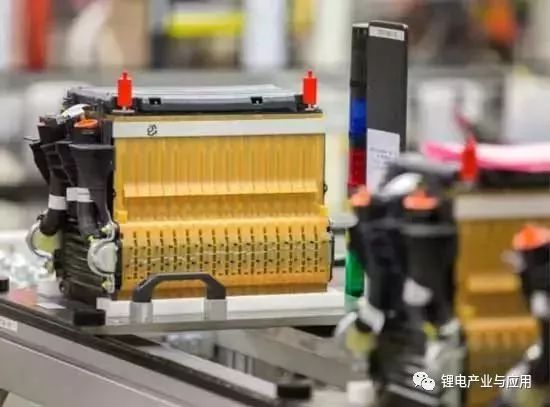
In order to combine the best features of two energy storage devices into one system, the charging and current characteristics of the battery and supercapacitor must be measured and equalized by a hybrid buck/boost converter. The principle is based on the corresponding characteristic curve for the definition of the two energy storage devices.
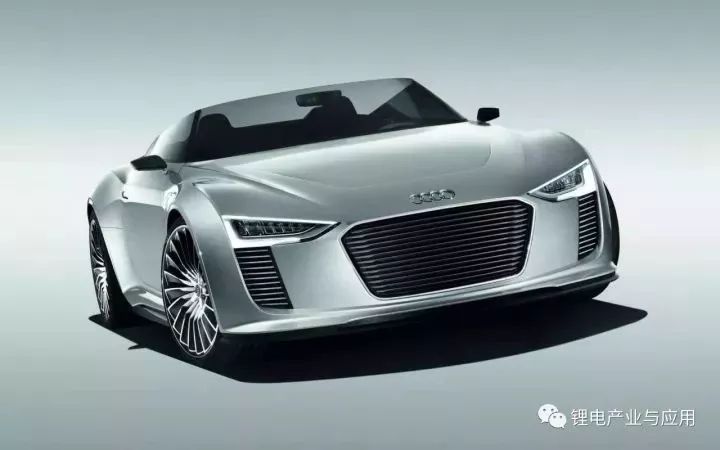
There are many different basic topologies for such system designs, such as batteries and supercapacitors with parallel circuits, or bidirectional transformers, where the supercapacitor is in the primary, the battery is in the secondary, or a combination of unidirectional and bidirectional transformers. . The commonality of all these topologies is the high degree of complexity, so the development cycle is long and the cost pressure is high.
Balance design with boost converter
To reduce complexity, the R&D partners have adopted a unidirectional DC-DC converter topology design for selected target applications. This makes it possible to achieve a relatively compact and efficient circuit structure. The time and cost of development and the number of components required can be reduced. With a digital solution, this system has simple and free parameter settings in many ways.
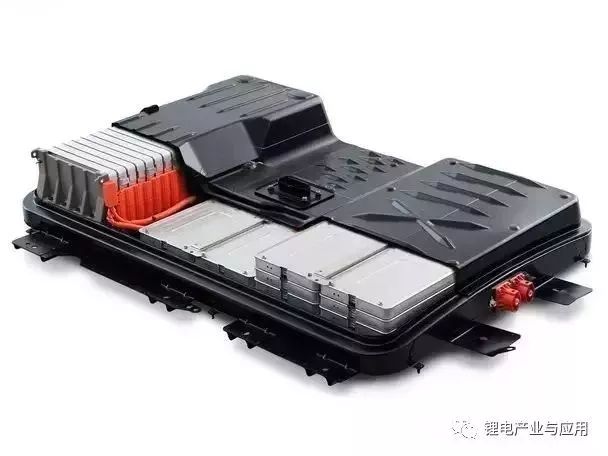
Other advantages include that the inverter voltage can vary over a wide range of definable voltages. The supercapacitor can be dynamically coupled to the inverter as needed to receive peak current. The only limitation of DC-DC converters is that peak current must be delivered through a controlled diode (MOSFET). In order to achieve optimal voltage matching, a higher voltage can be allocated in the intermediate circuit according to a ratio of 2:1, that is, the voltage value of the super capacitor is double that of the battery. This optimizes the energy of the supercapacitor and achieves a maximum energy utilization of 75% at 50% voltage.
Demonstration device topology
In many applications, for battery-powered professional power tools, manufacturers must face the corresponding challenges in securing and even improving battery life. In response to the actual needs of the industrial sector, we have developed application-based definitions and designs for demonstration devices (professional battery-powered screwdrivers).
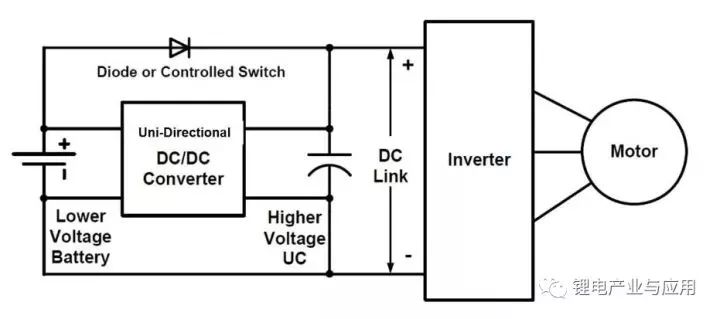
Figure 2 Demonstration device - basic structure
The demonstration device topology is based on a combined buck or MOS boost structure [6], first used in this field, with fully digitally executable power management and associated control devices, and arbitrarily configurable parameters via software. Thus, this battery system with higher impedance can exhibit lower impedance characteristics. The results are as follows: longer battery life, adjustable current limit, excellent maximum current characteristics, predictable battery life and health (SOH).
In addition to supercapacitors and lithium batteries connected to the mains, the new power circuit controllers form a key part of the topology. In addition to the ultra-fast current direction logic level circuit, this circuit is enabled when the energy flow of the supercapacitor output is introduced. In addition, the analog current and power signals of lithium batteries and supercapacitors are monitored so that they can be processed according to economical energy efficiency requirements.
Signal requirements are defined by a high-performance microcontroller or signal processor, and the device will generate pulse width modulation (PWM) timing for power MOSFETs, where FET manufacturing The quotient is Infineon, and thus the timing power supply is realized. If no peak current is required, the current is directed directly from the lithium battery to the motor via a special switch. After the supercapacitor is properly scaled up, it can be recharged by the battery at any time during the intermittent phase of operation.
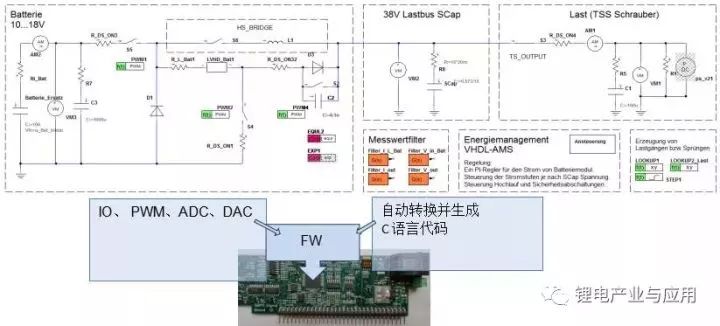
Figure 3: Circuit topology and design flow
Control device
The final development of the corresponding control algorithm is based on extensive and comprehensive system theory pre-testing. Therefore, the control technology stroke model can be synthesized, and the required time discrete algorithm is developed based on the target hardware characteristics and based on the corresponding simulation device pre-test.
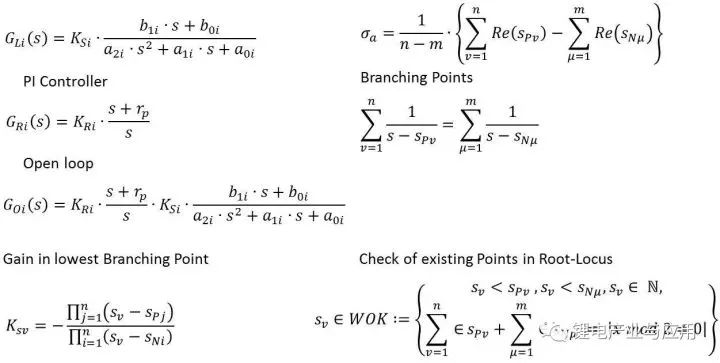
Figure 4 Based on the EVANS root trajectory curve method for comprehensive system analysis and controller comprehensive analysis; principled processing method
The control software uses an advanced model-based design approach. This includes modeling the entire power management in VHDL-AMS. The control system can also be modeled and simulated according to hardware characteristics through a model description language standardized by the IEEE, and the control system can be transferred to the target hardware in an automated manner by automatic coding.
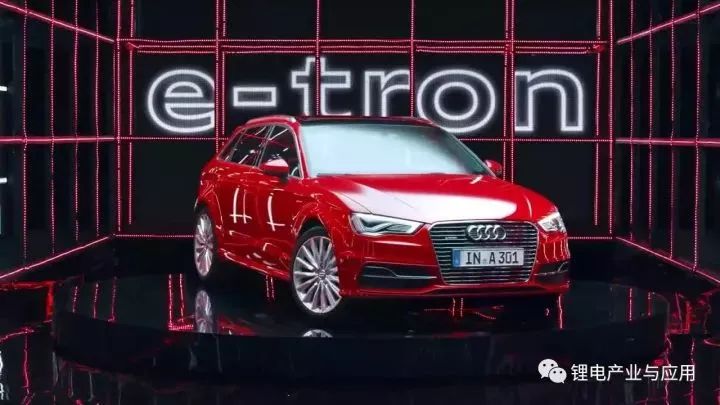
In order to maintain a stable operating state at all times, it is necessary to have an extra speed and ultra-fast logic circuit. The reason is that the security and real-time requirements here cannot be met by a high-performance fast microprocessor. Hardware components are therefore purchased in this application, such as the application of the comparison device with the highest dynamic performance.
The difficulty of modeling and simulation is the extremely accurate description and drawing of the actual characteristics of the controller, battery, supercapacitor and performance levels.
1.27Mm Box Header Connector,Smt 1.27Mm Box Header Connector,Smt Vertical Type Box Header Connector,1.27Mm Pitch Box Header Connector
Shenzhen CGE Electronic Co.,Ltd , https://www.cgeconnector.com